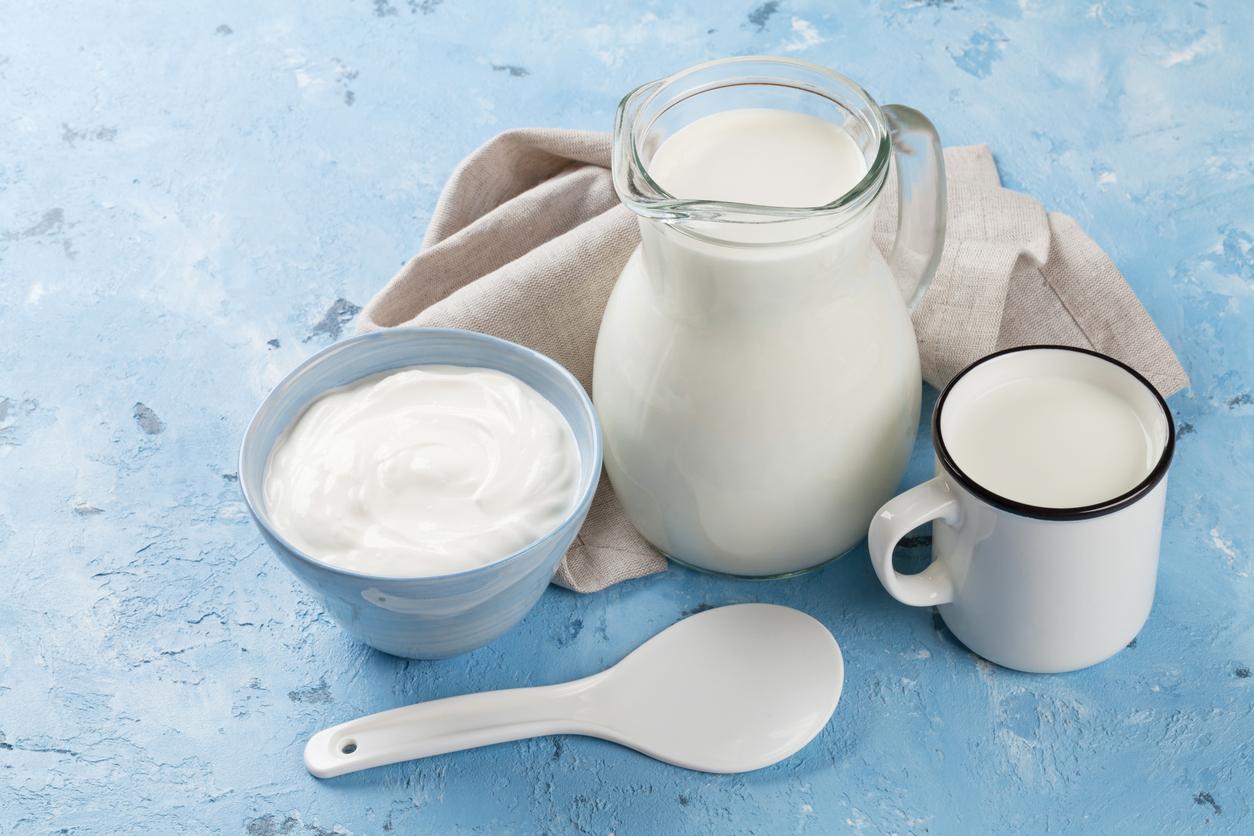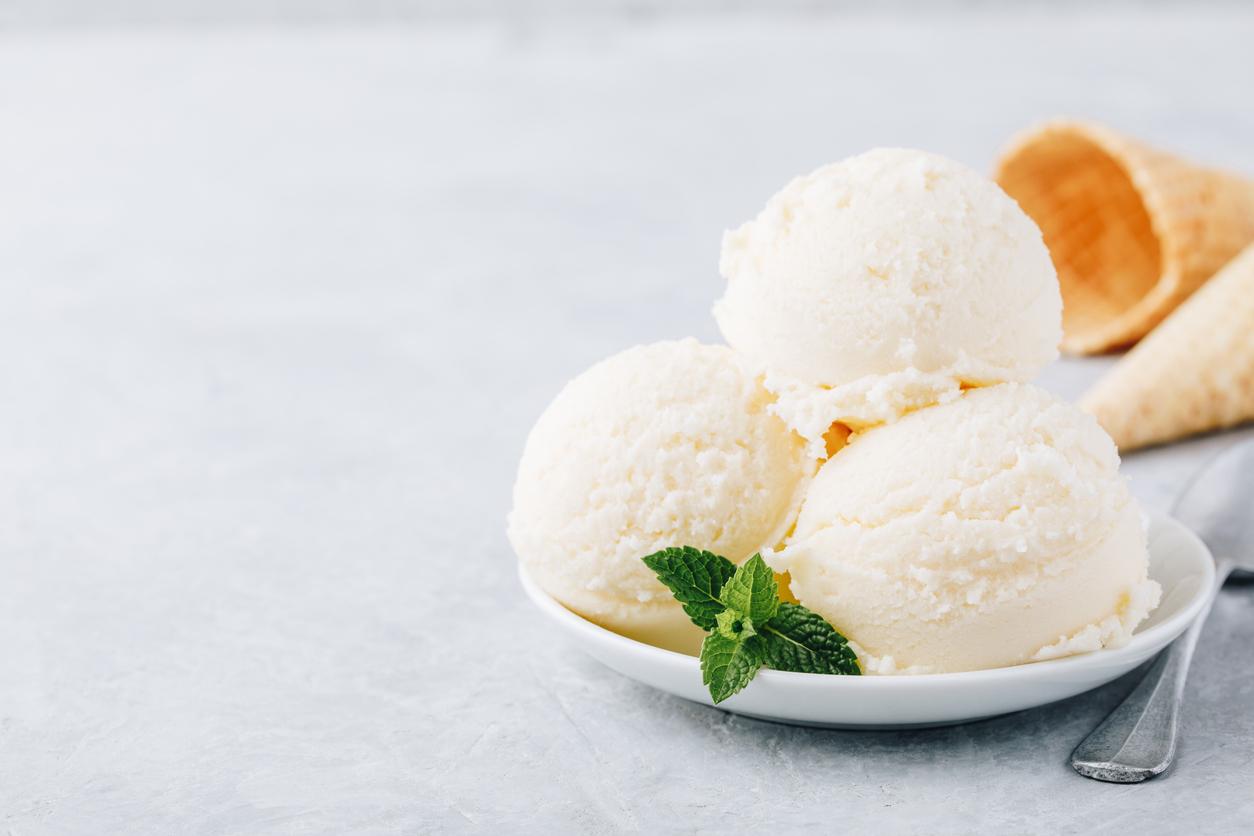What is this ?
Fermented milk is quite simply a milk with added lactic ferments which will transform part of the lactose into lactic acid. This leads to a change in taste, which is more acidic, and in texture, which is smoother. This very old drink, which made it possible to keep milk longer, is found in many cultures: ribot milk from Brittany, leben from the Maghreb, Caucasian kefir, lassi from India … Today, it is produced industrially like yogurt but with different ferments.
What are the differences with milk?
” Fermented milk is distinguished by its taste and smoothness, but nutritionally it is very close to a classic milk: same amount of protein, carbohydrates, calcium; for lipids, it depends on the degree of skimming, ”explains Grégoire Weber, dietitian at CNIEL (National Interprofessional Center for Dairy Economics). The majority of fermented milk is prepared with skimmed or partially skimmed milk (less than 1% fat) but it is also found in whole milk (3.5%). “Non-skimmed, milk is richer in vitamin A, which is important for growth, and in vitamin D, which promotes the absorption of calcium”.
What are its nutritional advantages?
It contains a large amount of live lactic acid bacteria, probiotics, “Which have a recognized beneficial action in the digestion of lactose, the prevention of diarrhea and the strengthening of immunity”, indicates Grégoire Weber. Fermentation also results in protein modification and the production of bioactive peptides of health interest. “Studies are underway to better understand these molecules and their beneficial effects,” our expert carefully reminds us. What is certain is that fermented milk is an excellent source of calcium and that it can be consumed by those who digest conventional milk poorly.
How to use it ?
It is better to consume fresh and quickly because the good bacteria it contains diminish over time and are destroyed by cooking. It is an excellent drink plain or with the addition of chopped mint, a dash of syrup or mixed fruit. It can also be used instead of cream in a cold sauce or soup, or to marinate chicken breasts with spices. On the dessert side, it adds softness to pancake doughs, muffins, cakes and clafoutis, but then loses some of its benefits.
>> To read also: The benefits of dairy products
Goat’s milk: why is it more digestible?
How to have a good intestinal flora?
Probiotics: 3 golden rules to optimize the effects













